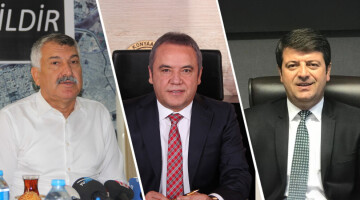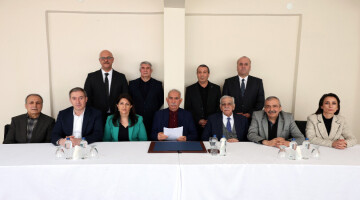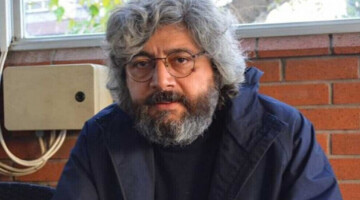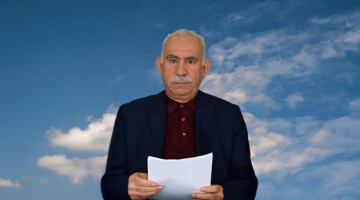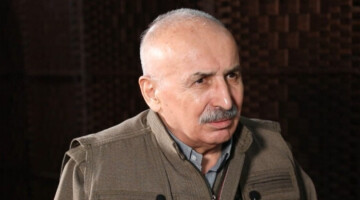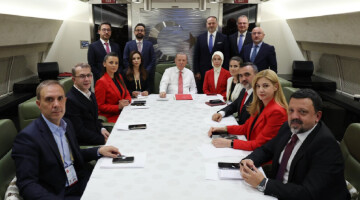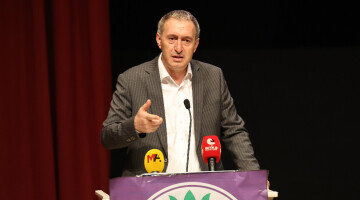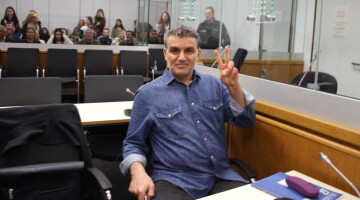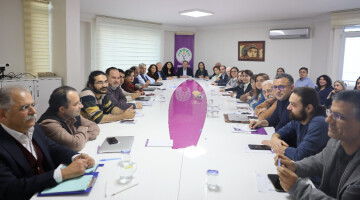At a ceremonial act in the city of Cartagena in presence of national and international guests from all over the world, the FARC-EP and the National Government officially signed the Final Peace Agreement after 52 continuous years of armed confrontation between the parties.
FARC-EP said in a written statement on its website that the agreement is the product of the long expressed need to reach a political solution to the conflict that many sectors in Colombia have argued for decades, including the FARC-EP. The violent approach has resulted in immense military expenses and sufferings for the people of Colombia.
The FARC-EP said they have always expressed that the causes of the armed conflict are political, social and economic,as well, that throughout these 5 decades, certain political practices of exclusion and violent forms of wealth accumulation have reproduced these causes and have made the conflict more complex. “The Colombian establishment with the economic and military help of US, Great Britain and Israel amongst others, has been determined in a military defeat that never came, precisely, because the reasons for armed uprising have been kept intact and rather deepened.
It would be unjust to say that the Final Peace Agreement abolishes the political, social and economic contradictions, but it will also be unjust to wage a war that will not result in the military defeat of either side and will rather continue the cycle of sufferings. This is why the Final Peace Agreement needs to be understood as a minimum set of transformations that will guarantee for all these contradictions to be resolved within the framework of democracy, without the use of weapons.”
The Final Peace Agreement, composed of 297 pages, has 5 general points which include Comprehensive Rural Reform, Political Participation, End of Conflict, Solution to the problem of Illicit Drugs and Victims.
1. Comprehensive Rural Reform
The armed conflict in Colombia has taken place mostly in the rural areas of Colombia; the composition of the FARC-EP is mostly of peasants, indigenous and afro descendants that due to the living conditions of poverty and exposure to violence against them and their lands have joined the rebel ranks.
In order to advance towards a better usage of the land and to improve the living conditions of rural communities, the agreement contemplates a fund of lands of 3 million hectares to be adequately distributed to landless small and medium agricultural producers and the formalization of 7 million more, totaling 10 million hectares.
As well, road infrastructure, technical training, schools, health care centers, technical assistance, subsidies, water pipelines, sewage, electricity and internet are to be provided for these communities by the State.
2. Political Participation
The agreement contemplates the reform of the Electoral System and the creation of a Statute for the Political Opposition, both of which will make big contributions to the broadening of democracy and the exercise of politics of all marginalized political sectors of the country, not only the FARC-EP.
In order to balance the entering of the FARC-EP into legal political life and at the light of the genocide suffered against the UP, the new political party or movement that the FARC-EP ought to conform will have 5 reserved seats in Congress and 5 in the Chamber of Representatives for the next two electoral periods starting from 2018, in the mean time, 3 seats will be added to Congress and 3 to the Chamber of Representatives with voice but without vote to participate in discussions regarding agreement implementation.
The new political party or movement into which the FARC-EP will transform into will receive State funding for the next 10 years.
A Special Circumscription for Peace will be created, in which 16 representatives will have their seat at the Chamber of Representatives from the most affected regions of Colombia and that don´t belong to the FARC-EP or any existing political party.
3. End of Conflict
Once the Final Agreement is integrated to the legal and constitutional system of Colombia, the troops of the FARC-EP will start to mobilize towards 20 different Transitory Areas of Normalization and 7 Transitory Points of Normalization, which are rural settlements across the country in which all troops will concentrate. The local communities will still be entitled to all their rights and their political forms of organization and order will also be respected.
At these Transitory Areas of Normalization the process of Decommissioning of Weapons will take place in a timeframe of up to 6 months, in the first phase, by day 90 the FARC-EP will hand over 30% of its arsenal to the Monitoring and Verification Mechanism, in the second phase, by day 120 the next 30% and on the third phase by day 150 or 180 by most the resting 40%.
This process will be supervised by a Monitoring and Verification Mechanism, composed of FARC-EP members, Government officials and the UN-mission to Colombia.
4. Solution to the problem of Illicit Drugs
In order to resolve this problem, a voluntary substitution of illicitly used crops program will be established in which peasants are given the economic subsidies and infrastructure guarantees for them to be able to move on to other agricultural forms of subsistence. This agreement has much to do with the Comprehensive Rural Reform agreement since it’s about providing a set of economic, social and infrastructure guarantees for the land to be properly used and developed.
Communities will have participation in new public policies regarding these transformations that directly have to do with rural economies.
5. Victims
At the core of the entire Peace Agreement are the victims, to which compensation, truth and non-repetition are guaranteed. For this purpose a Truth Commission is established in order to investigate and clarify the events occurred in the conflict.
A Special Jurisdiction for Peace is established, in which a Peace Court conformed of 20 national judges and 4 foreign judges will sanction on the cases referred to it. This Court will have the faculties to investigate and sanction on all parties of the conflict. These judges will be chosen by a Commission conformed for that specific purpose, this Commission will be established by experts named by: The Secretary General of the United Nations, the Criminal Chamber of the Supreme Court, the delegation in Colombia of the International Center of Transitional Justice (ICTJ) and the Standing Committee of the State University System.
There will be amnesty and pardon for all political crimes and the related offences, including within the latter all those designed to finance the armed struggle. For crimes against humanity and war crimes committed by either party in war, justice will be applied by a special court, which will be sanctioned according to the degree of truth that the accused contribute to the process.

